|
By Shelby Gibson While the weather may not be a good indication, now is the perfect time to start the process of growing many of Ontario’s native plants. Growing native plants is becoming an increasingly important skill as more restoration projects focus on growing native species, and as home gardeners try to support declining pollinator populations. There is an increasing interest in growing native plants, however growing them is different from many other commonly grown garden plants. When growing native plants from seeds germination rates will be partially determined by the method of seed preparation used. Many native plant seeds need to be started in the fall or winter. There are various methods of preparation which are used to break the seeds dormancy and encourage germination. A process called cold stratification is used to mimic outdoor conditions that the plant would experience in its natural environment. This means placing the plants in the fridge for a period of time prior to germination (e.g. 60 days) inside a plastic bag or container. The length of time the plants undergo cold stratification varies between species. Another factor is moisture, meaning some plants need to undergo cold moist stratification. In this case, a source of moisture, such as a damp paper towel, is placed in the container or bag with the seeds during stratification. Yet another type of preparation required by some seeds is scarification, where the outer layer of the seed needs to be physically broken down in order for germination to occur. This can be done with items such as sandpaper. After their preparation period, native plant seeds can be started in a soil mixture in pots or trays. Some require being placed inside the soil while others require simply being sprinkled on top of the soil. The diversity of ways to start native plant seeds represents the great diversity of native plant species the seeds produce. Diversity in methods of preparation and growing means that native plants can be somewhat more complicated to get going. It is important to learn the requirements of each plant prior to beginning in order to ensure that each particular species is prepared correctly. This will lead to increased success with germination and eventually with transplanting the seedlings outdoors. Healthy seedlings are important to the success of planting and restoration projects, and therefore the skill of growing native plant seedlings is important as well. Growing native plants from seeds can be a highly satisfying experience, with the added bonus of providing food for some of Ontario’s native fauna! Helpful Resources: Native Plant Network – Propagation Protocols; https://npn.rngr.net/propagation/protocols Indigiscapes.com – A Native Plant Propagation Guide and Nursery Model; https://indigescapes.com/blog/printed-version. North American Native Plant Society – Indoor Native Seed Stratification; https://nanps.org/96358-2/. And always be sure to follow the ethics of seed collection: North American Native Plant Society - Seed Collecting; https://nanps.org/seed-collecting/. Blooming Boulevards - Seed Collectors Code of Ethics; http://www.bloomingboulevards.org/ethical-standards-forr-naseed-collecting. 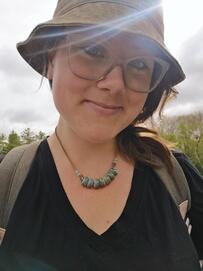 About the Author Shelby Gibson (B.Sc., M.E.S.) is a PhD Candidate at York University using a biocultural lens to further understand plant-pollinator interactions. Shelby's research focuses on native medicine plants and other culturally significant plant species. Shelby is interested in solving conservation-related problems using a social-ecological perspective. Follow along on Twitter to keep up with research updates! (@GibsShelby).
3 Comments
By Jenna Siu When I tell people I did my master’s working with butterflies I get a lot of different reactions. Among fellow biologists, there is a certain appreciation for a study species even if it may not be their species of choice. However, among the general public it is a different story. "Butterflies, are they even animals?" Butterflies are indeed animals and there are tons of reasons why butterflies make great study organisms. They are relatively easy to catch and handle, and mostly easy to observe. Plus, butterflies are relatively short lived, which makes it easy to study them over many generations. Because of this, a number of butterfly populations around the world have been monitored for decades, resulting in work that has made major contributions to our understanding of population dynamics and conservation. Part of my project was to assess the Eastern Tiger and the Spicebush Swallowtails’ movement relative to forest edges in the fragmented landscape of southern Ontario. Did they move towards it, avoid it, or a bit of both? To learn about this we caught butterflies and released them at different distances from the edge and followed them using a GPS unit to record their movement. Working on butterflies had a few benefits. They come out when it’s sunny and are active during the day. Swallowtails are some of the largest butterflies in Ontario, so they take longer to warm up. I didn’t expect to see many out before 10 am or after 5 pm. On a typical day, I rolled out of bed around 8:30 am, ate breakfast and prepared my lunch. Eventually my field assistant would follow, we would pack the car and be on the road at 9:30 am. We would pack butterfly nets, a cooler with ice packs and a towel, many glassine envelopes, a permanent marker, GPS unit, field guides, lots of sunscreen and water. After arriving at a site, we would walk around with our nets, sometimes up and down a road, through fields or along the forest edge looking for swallowtails. People often say to me, “I picture you frolicking in the fields catching butterflies.” Clearly, they have never gone butterfly catching before. Catching butterflies is anything but graceful. In fact, some advice I was given before heading to the field was, “if you don’t look silly doing it, you’re not doing it right.” Truer words have never been spoken. Swallowtails are very strong fliers; they can fly high and fast. I couldn’t count the number of times a swallowtail has out flown me or made me run in circles. I have chased after falling leaves, fallen on my face, gotten scrapes and bruises, gone through poison ivy and swarms of deer flies and mosquitoes all to get one more sample. Through many failed attempts, I quickly learned the tricks of the trade. It is much easier to sneak up on swallowtails while they are on a flower feeding on nectar. However if you miss, you have about a 30 second window to redeem yourself; otherwise it will likely out fly you. You can also catch them mid-flight or chase after them, but trust me, it is much harder. By mid-field season, my field assistant and I were pro butterfly catchers, catching well over 600 throughout the summer! Once a butterfly was caught, we would carefully take it out of the net, put it in a glassine envelope and in the cooler. Butterflies are ectothermic, meaning their surroundings determine their body temperature. So, putting them in a cooler does minimal harm – as long as it’s not too cold! There are a lot of myths about touching a butterfly’s wings and people always ask how safe it is for the insect. Their wings are covered in a powder like substance that is actually tiny scales. This is what gives them their bright colours and patterns. Lepidoptera, the scientific order they belong to, means ‘scaly wings’. As butterflies age, they lose their scales naturally. Although, you don’t want to handle them too much causing them to lose scales faster, it is very safe to hold them by pinching the wings together just behind the head – the strongest part of their wing. After a few butterflies were caught, we would bring them to the release site. For each butterfly release, we would take a butterfly from the cooler, sex it and give it a unique ID in case we caught it again. To mark butterflies we simply used a permanent marker to write on their wings. For Eastern Tigers, which are mainly yellow, it was easy to write a number on their underwing. For the Spicebush however, they are mainly black. They have six orange spots on their underwings that we marked in unique patterns. After recording this information, we would put the butterfly on the ground, wait for it to take off and follow it using flags and a GPS unit, doing our best not to influence its flight. We did this repeatedly throughout the day. When 5 pm rolled around and few butterflies were to be found, we headed back to the field station to make dinner ending the day with a few beers around the campfire. I have now completed my master’s and as it turns out, forest edges are an important landscape feature for these swallowtails. It can be stressful to manage your own research project, but when it’s all said and done, I only have fond memories of spending the hot summer days catching butterflies. This blog is also posted on Dispatches from the Field and Jenna's website
|
ELB MembersBlogs are written by ELB members who want to share their stories about Ontario's biodiversity. Archives
January 2023
Categories
All
|


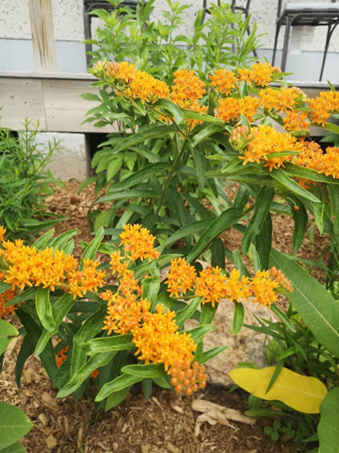
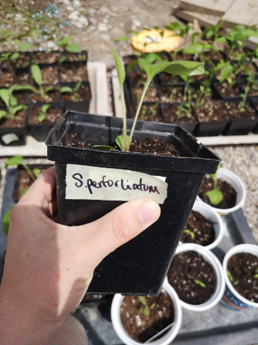
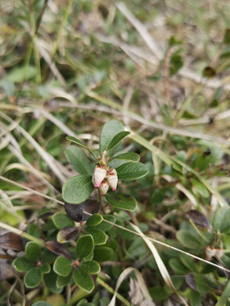
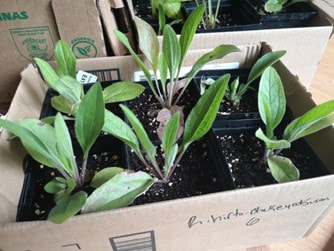
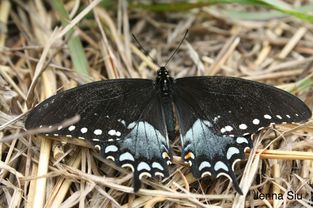
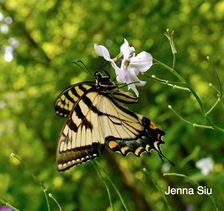
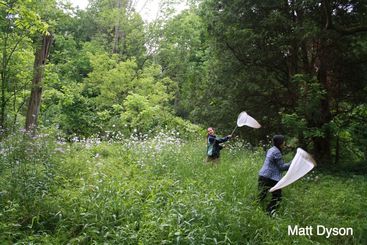
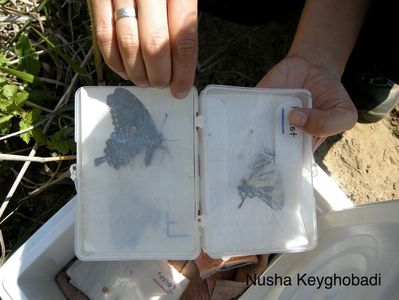
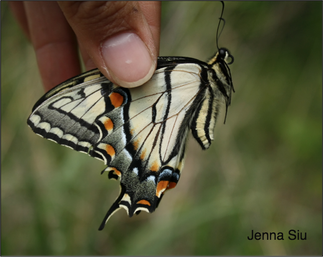
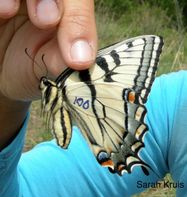
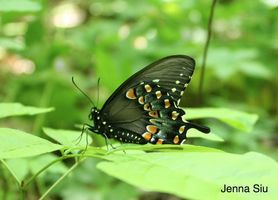
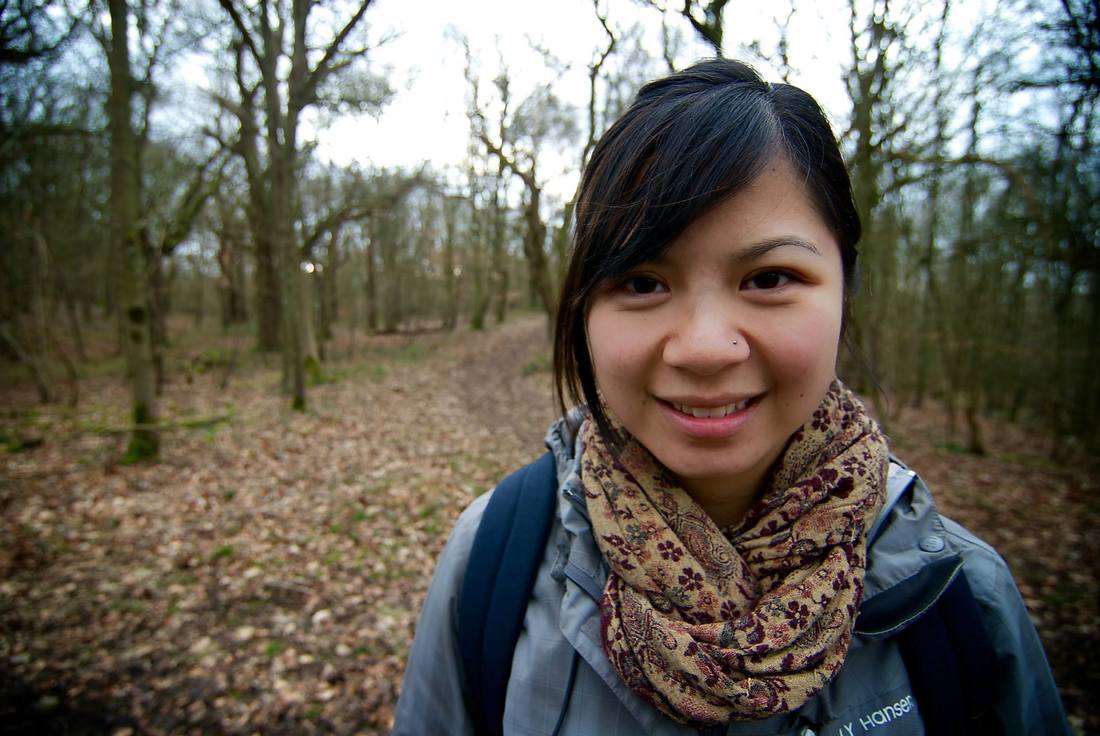
 RSS Feed
RSS Feed